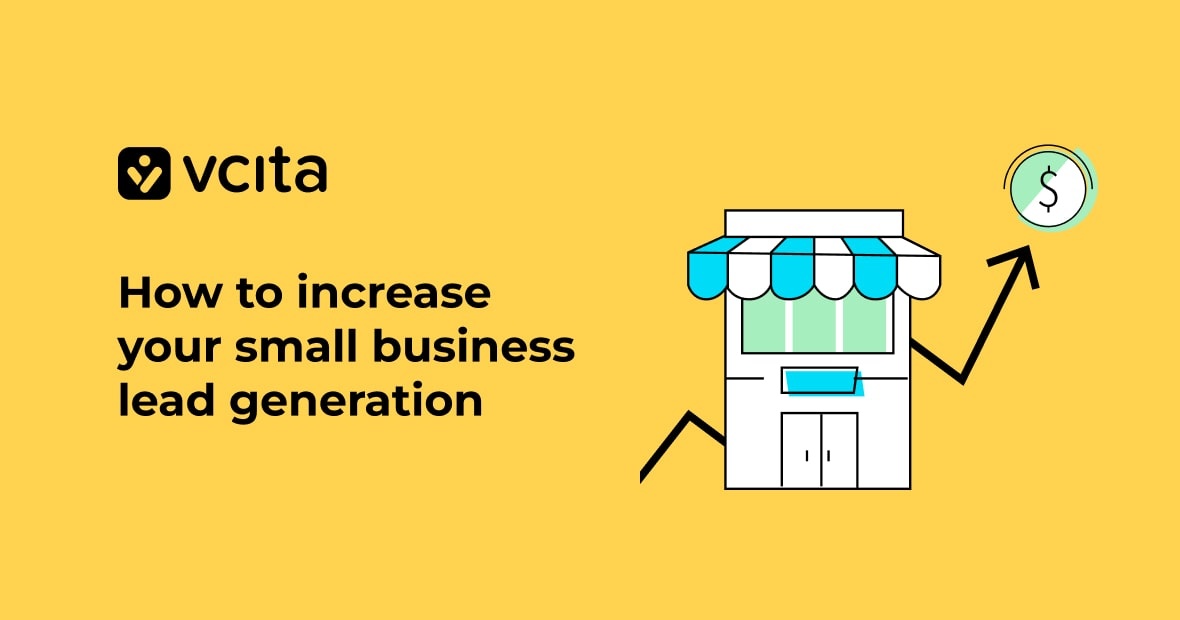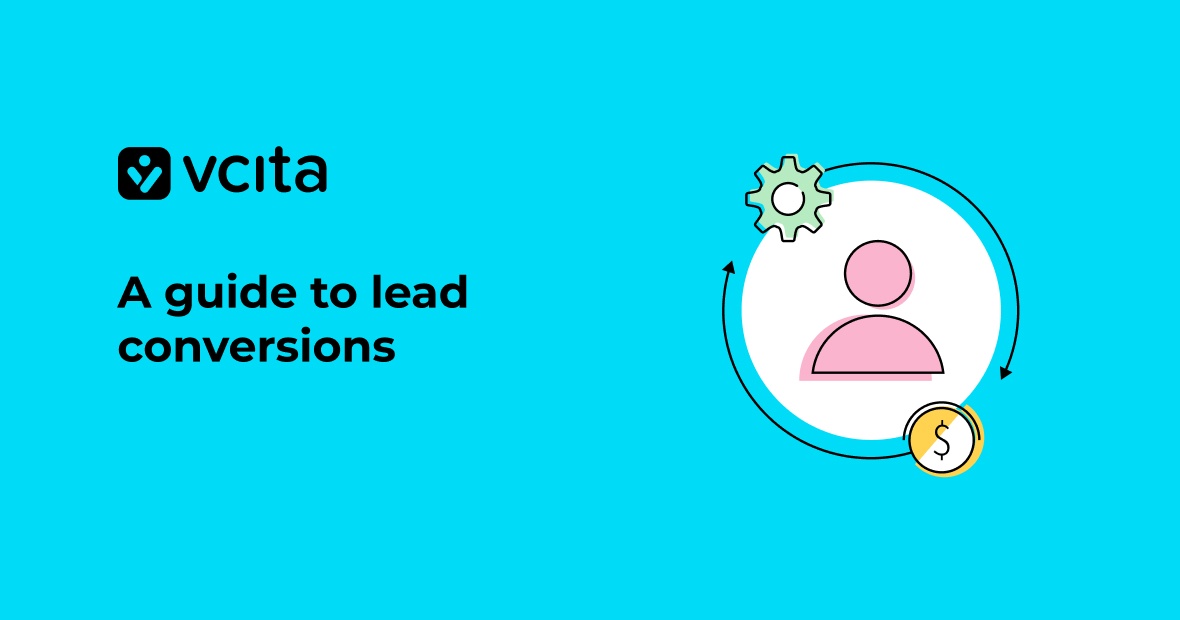As a small business owner, gaining high-value customers is key to success and longevity. That’s why you’re always looking for quality leads that are likely to convert to become your next big customer, but you’re not sure where to find them.
Before you can ramp up your marketing efforts and attract more new customers, you need to understand the differences between warm leads and cold leads. In this article, you’ll learn all about them, plus proven ways to capture more warm leads, useful sales techniques like the assumptive close, and the various lead sources you can tap into to ramp up your sales pipeline with warm, qualified leads.
Understanding the difference between warm leads and cold leads
A warm lead is someone who has expressed interest in your product or service, like downloading an ebook or signing up for a webinar. Warm leads are more likely to convert to customers because they’re already familiar with your business and have taken that first step to engage with you.
Cold leads, on the other hand, have had no prior contact with your company. They can be more challenging to convert because you’re starting from scratch to build awareness and interest. Cold calling and cold emailing are common ways to generate cold leads, but they often have low response rates.
How to generate warm leads for your business
Not surprisingly, you want more warm leads and fewer cold leads. Lead sources that produce warm leads include your website, social media, and recommendations from previous customers. In contrast, cold calling and cold emailing random lists of contacts aren’t good sources for warm leads and rarely convert to sales.
Here are some ways to generate warm leads:
Referrals from happy clients
Ask your happy clients for referrals to other potential customers, because referrals often convert at a higher rate since there’s an existing relationship. You can offer an incentive like a discount or gift card for any referrals that become customers. With cloud CRM software like vcita, you can easily track referrals, see which clients are the best source of new customers, and then focus your efforts on them.
Lead magnets
A lead magnet is a valuable asset that you offer in exchange for the lead’s contact information. It could be an ebook, checklist or video tutorial in your industry, and in order to download it, the lead has to fill in a form with their contact information.
This gives you a list of people who have proven that they’re interested in your services. Now you can use a CRM tool to organize and track your leads, and marketing automation tools to send emails to build your relationship. You’ll find both a CRM and marketing automation in vcita’s all-in-one small business management software.
Social media and your website
Encourage visitors to your website and people who follow you on social media to join your email list or schedule a call. Blog posts, videos and live streams on your website keep people engaged with your brand, and then you can capture their info with a lead magnet.
It’s a good idea to participate in Facebook groups to connect with your target clients. Start a genuine conversation and share useful advice to build rapport and trust. You can also share valuable content on LinkedIn to establish your expertise. Don’t forget to like and comment on other posts to increase visibility.
With the right lead sources and nurturing, you’ll gain quality customers through warm introductions and relationships built on trust.
Qualifying and nurturing leads to become customers
Once you’ve generated leads, it’s time to qualify and nurture them to turn them into paying customers.
Qualifying leads
Qualifying leads means determining if a lead meets your criteria to become a marketing qualified lead (MQL) or sales qualified lead (SQL). An MQL is ready to engage further with your marketing, while an SQL is ready to speak to a sales rep.
To qualify leads, use a lead capture tool, like a contact form on your website or a lead magnet such as an ebook or checklist. These gather information about a lead’s needs. Review the details and segment your leads based on factors like:
- Industry or company size
- How recently they engaged with your content
- Level of interest shown in your emails or ads
Nurturing leads
Once your leads are qualified, you can nurture them through targeted marketing. For example, send an email drip campaign to leads that downloaded an ebook, or invite SQLs to schedule a call. Nurturing leads helps build trust and establishes you as an authority. Some ways to nurture leads include:
- Sending helpful content like blog posts, videos or case studies
- Using a CRM like vcita to schedule follow-up calls and emails
- Asking happy clients for referrals to their networks
- Making it easy for leads to contact you with questions
It’s best to send an intro email to warm leads within the first 24-48 hours, introducing yourself and outlining how your business meets their needs. Ask open-ended questions to determine their needs and if they’re ready to buy. If not, suggest a follow up call in a month. End the email with an assumptive close by saying something like “I look forward to speaking with you about how we can help you.”
Nearly 65% of companies lack a lead nurturing strategy. Don’t be one of them! With consistent lead nurturing, you can guide a significant percentage of your MQLs to become SQLs and your SQLs to become customers. The key is engaging with leads, understanding their needs, and guiding them to a point where they’re ready to buy.
Leveraging CRM tools to organize and follow up on leads
Once you have a solid lead nurturing strategy, you need a reliable customer relationship management (CRM) like HubSpot or vcita to help you put your strategy into practice and nurture both warm and cold leads. Here are the main ways that a CRM can improve your lead nurture practices.
- Capture lead details from your lead magnets and organize contact details, notes, and communications in one place, so nobody falls between the cracks
- Set up automated lead nurturing campaigns to engage warm leads with relevant content, like email courses, video series, and newsletters
- Implement a consistent process to reach out to leads within the recommended 1 hour of receiving their details. Use email templates to start a conversation and follow up within a few days.
- Track lead sources so you know what’s generating the most interest. Look for ways to optimize underperforming lead sources and double down on the most effective channels.
- Reveal which clients are the best sources of referrals for high-quality, warm leads, so you can reach out to them when needed.
Build your business with warm leads
While cold calling and cold outreach still have their place, focusing your efforts on warm leads will result in higher quality customers and less frustration. Using the right tools and strategies, you can turn more cold leads into warm leads, and more warm leads into sales. With time and consistency, you’ll gain more high-quality customers, resulting in more sales and a thriving business.




























